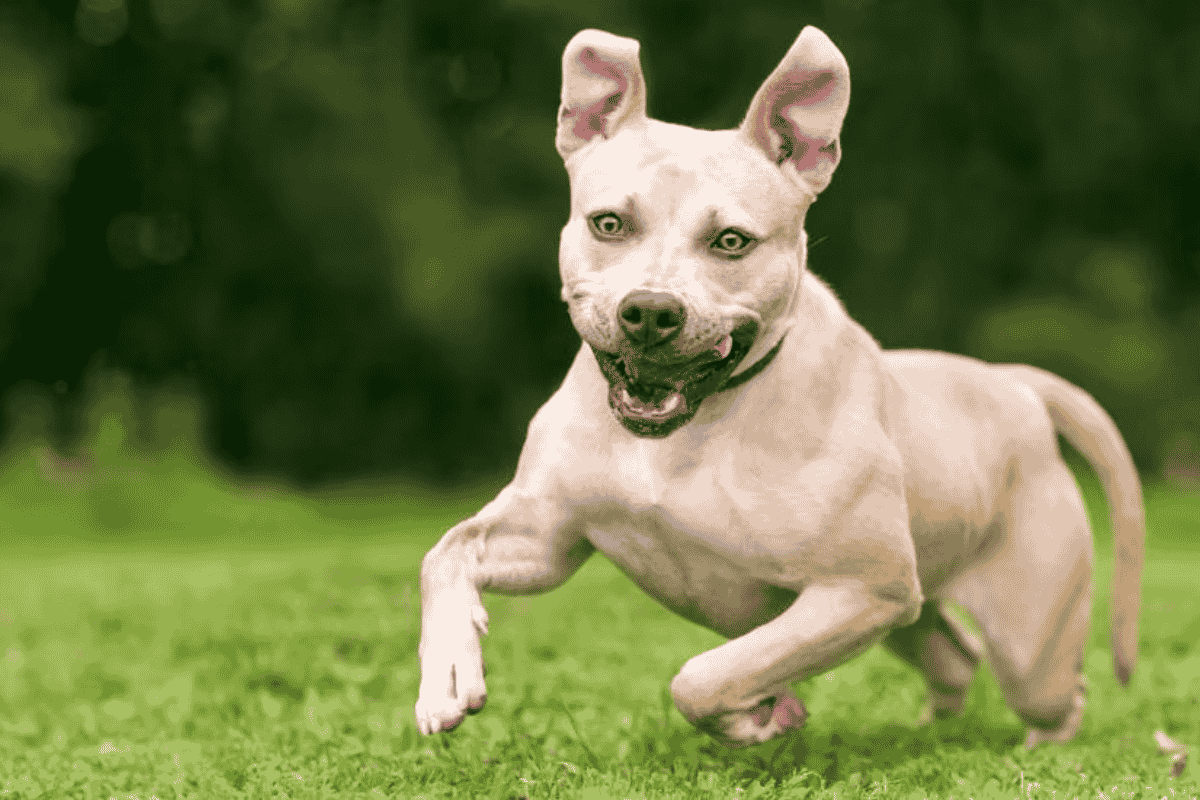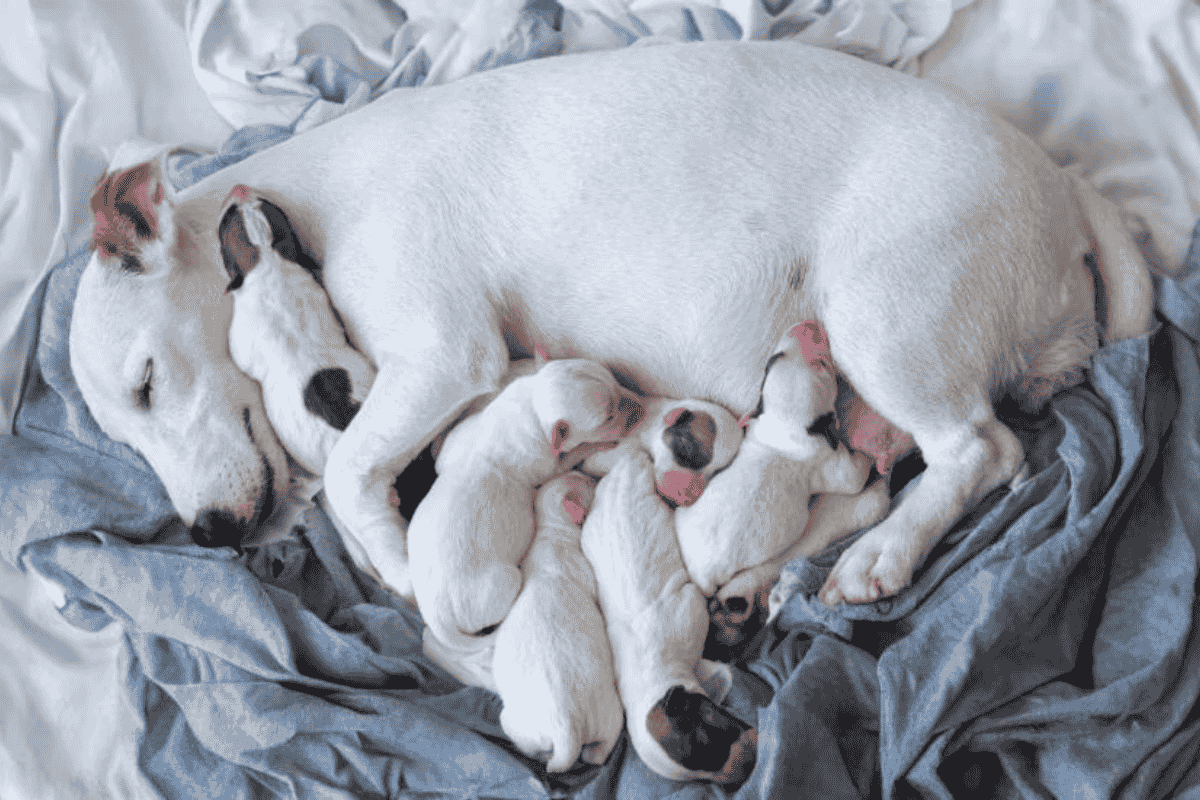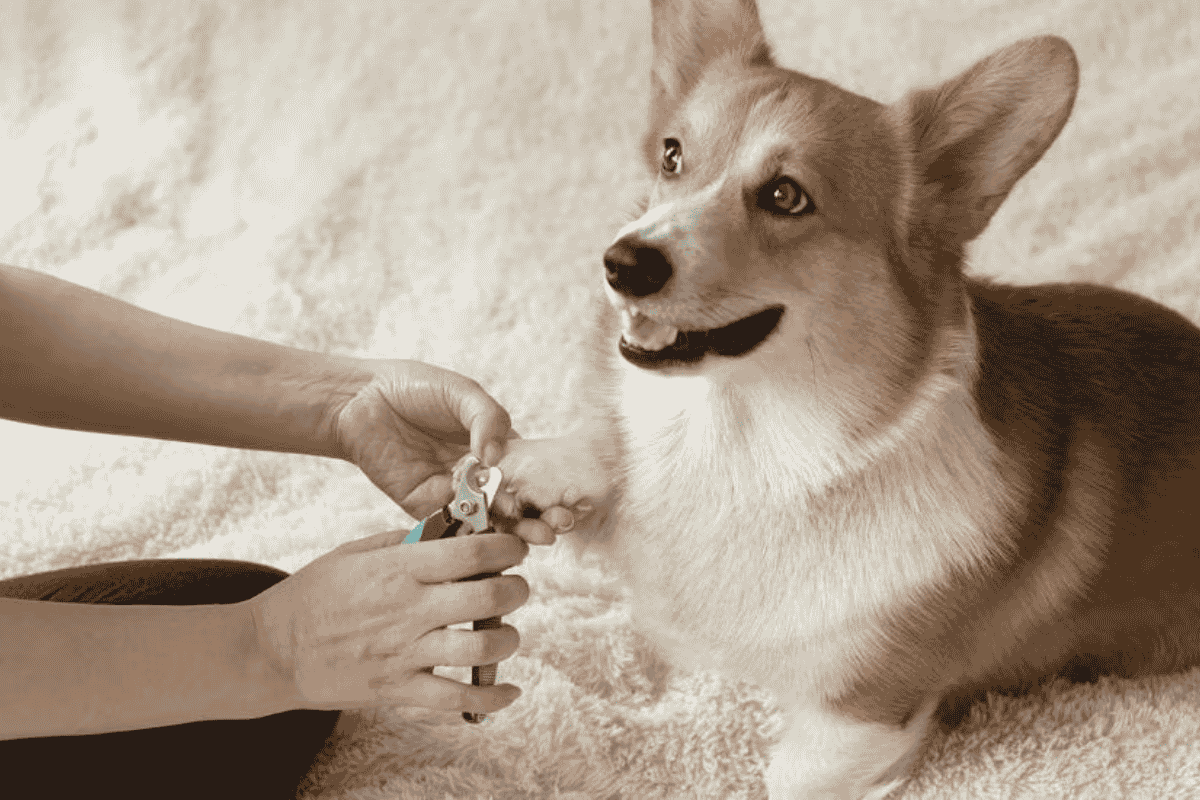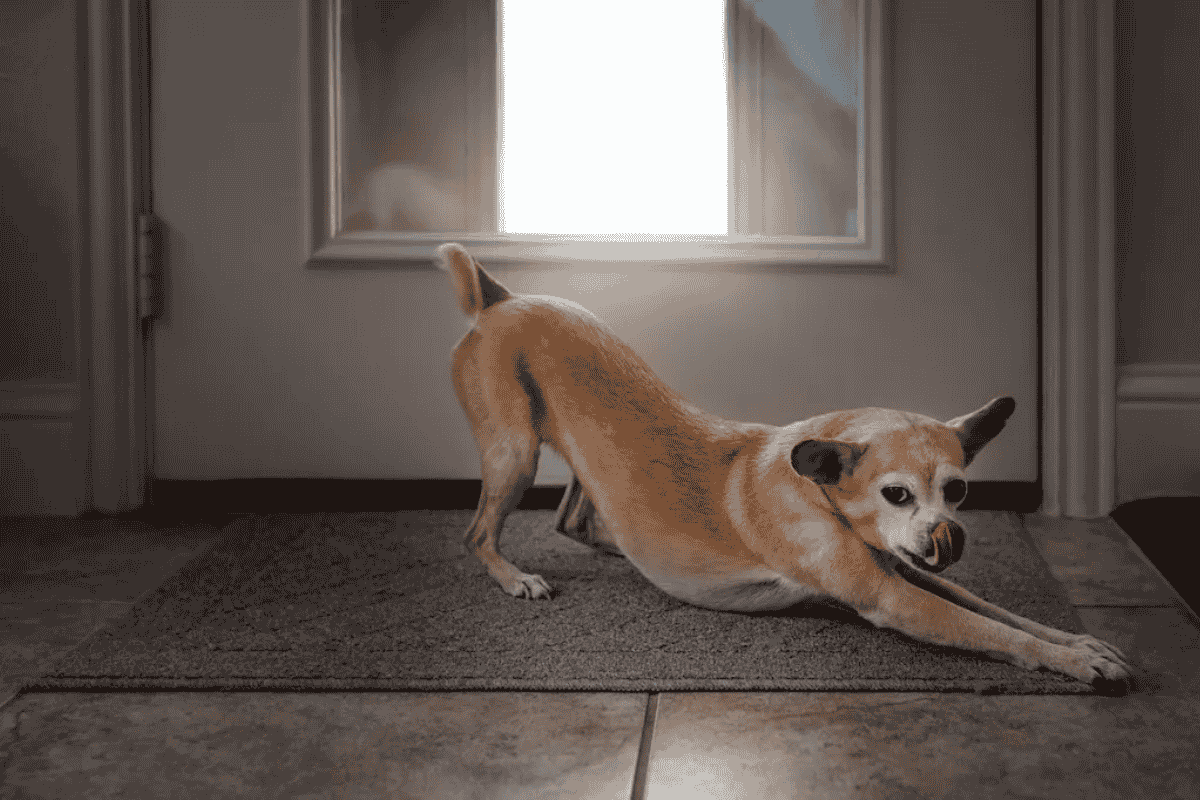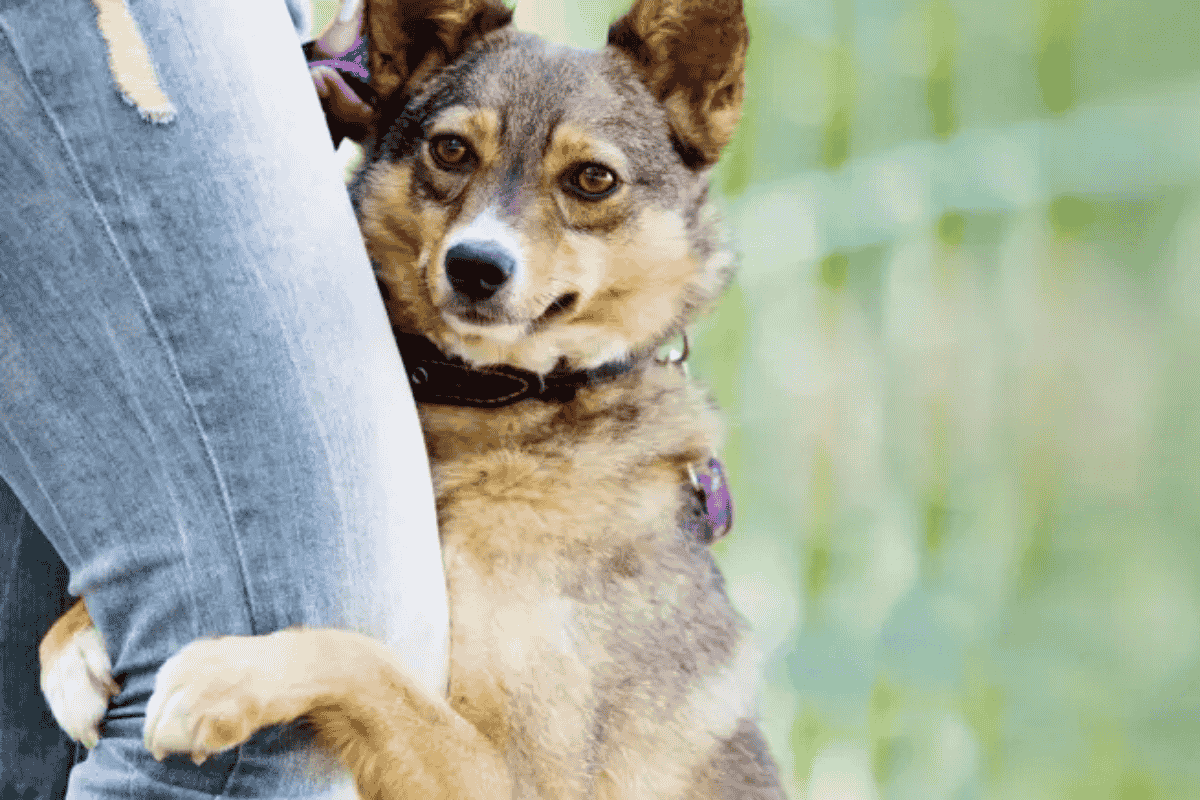Many pet parents are initially puzzled by their puppy’s sudden, high-speed sprints around the house — a behavior affectionately known as the “zoomies.”
One moment your dog is lounging peacefully, and the next she’s tearing around the room like she’s competing for gold. While this might look chaotic, zoomies are actually a very normal and healthy behavior in dogs.
What Causes Dog Zoomies?
Dog zoomies, officially called frenetic random activity periods (FRAPs), are bursts of intense energy where dogs dash around in circles, sometimes barking or growling in excitement. They may include spins, playful lunges, or play bows (front legs down, rear end up), signaling an invitation to play.
While the exact cause isn’t fully understood, most experts agree that zoomies are a natural way for dogs to release excess energy, excitement, or stress. Though most common in puppies, even adult and senior dogs can enjoy a spirited zoomie session — especially after a bath or a long nap.
Why Do Dogs Get the Zoomies?
Several factors can trigger zoomies. Here are some of the most common:
1. Age
Puppies are famous for their boundless energy. With so much growth and excitement happening, zoomies are their way of burning off excess steam. But don’t be surprised if your adult dog still zooms occasionally — it’s a lifelong joy for many dogs.
2. Excitement
Moments of high arousal, such as seeing the leash, hearing your car pull in, or greeting you after work, can spark a FRAP. Running wildly helps your dog vent that excitement before calming down again.
3. Playfulness
Dogs love to have fun! During or after play, they may break into a zoomie sprint to extend the fun — especially after tug-of-war or fetch.
4. The 5 P.M. Dash
Many dogs have a predictable “witching hour” between 5–8 p.m. This period often coincides with mealtime, your return home, or bedtime routines. Zoomies can serve as a final burst of energy before winding down.
5. Post-Grooming
Bath time can be stressful. Once it’s over, dogs often celebrate their freedom by zooming around to shake off tension, excess water, and the strange new shampoo scent.
6. Keep-Away Games
If your pup grabs a toy or towel and dashes away while you try to retrieve it, they may turn it into a playful keep-away zoomie. It’s all part of the fun!
7. Stress or Frustration
Zoomies can also appear when a dog feels stressed, tense, or overtired — for instance, at the vet’s office or after a long, stimulating day. Running helps release nervous energy.
8. Lack of Exercise
If your dog doesn’t get enough physical or mental activity, the energy has to go somewhere — and often, that means more zoomies. Ensuring regular walks, playtime, and enrichment activities can help balance this behavior.
How To Keep Your Dog Safe During Zoomies
Zoomies are usually harmless, but dogs in overdrive can easily slip, crash, or knock things (and people) over. Here’s how to keep everyone safe during these high-speed moments:
Outdoor Safety
If your dog zooms outside, use a fenced yard or a long leash to prevent escapes. Always make sure they wear a secure collar with an up-to-date ID tag.
Flooring
For indoor zoomies, slippery floors can be dangerous. Add rugs or runners to provide traction and prevent wipeouts.
Tippy Tables and Breakables
Clear away fragile items from coffee tables and shelves. Dogs in zoom mode don’t pay attention to decor — or gravity.
Watch the Bystanders
Children, elderly family members, or guests can get swept up in a zoomie collision. When possible, guide your dog to an open space or redirect them outdoors.
Dog zoomies are one of the most joyful — and comical — parts of pet ownership. They’re a sign of a healthy, happy, and energetic dog. As long as you ensure a safe environment and provide enough daily exercise, you can simply sit back, smile, and enjoy the show.
FAQs
What are dog zoomies?
Dog zoomies, also known as frenetic random activity periods (FRAPs), are sudden bursts of energy where dogs race around the house or yard, often in circles or figure-eights. They’re a natural way for dogs to release excitement, stress, or excess energy.
Why do dogs get the zoomies?
Dogs get zoomies for many reasons, including happiness, excitement, stress release, or simply having too much energy. Puppies experience zoomies most often, but adult and senior dogs can also have them, especially after baths or long naps.
Are dog zoomies normal?
Yes, zoomies are completely normal! They’re a healthy expression of joy and energy. Most dogs experience them occasionally, and they’re not a cause for concern unless your dog’s behavior becomes unsafe or excessively frequent.
Do zoomies mean my dog is stressed?
Not always. While zoomies can be a way for dogs to release nervous energy, they’re often a sign of happiness and playfulness. If your dog’s zoomies happen in stressful environments (like the vet’s office), they might be stress-related.
How can I keep my dog safe during zoomies?
Keep zoomies safe by ensuring your dog runs in a secure, open area free from sharp corners or fragile items. Use rugs on slippery floors, supervise outdoor play, and make sure your dog wears a collar with ID tags in case they bolt during outdoor zoomies.
Can I stop my dog from getting zoomies?
You shouldn’t try to stop zoomies completely—they’re a normal behavior. However, regular exercise, playtime, and mental stimulation can help reduce how often they occur or how intense they get.
